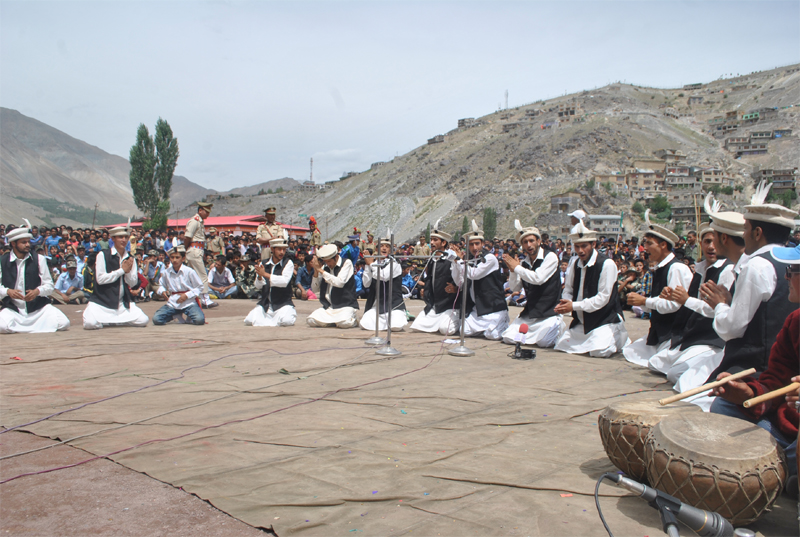Dr. Etee Bahadur
The Kargil War (1999) between India and Pakistan bought Kargil to the national front. Kargil is one of the two districts of Ladakh, Leh being the other district. Today as we celebrate, Kargil Vijay Diwas 2020 and pay homage to all our Kargil War heroes, I would like to write a little piece on the Balti’s settled in Kargil, Balti being a generic term used by the Buddhists in Ladakh for the Shi’a Muslims of the region. Ladakh is a high altitude desert where strands of Buddhism are to be found in the Eastern Himalayas. The anthropology of the Western Himalayas /Karakorums being more concerned with ethnicity, Muslim saints and sects. It was with the Partition of India and Pakistan that the Gilgit Scouts under the then Commanding officer, Major. William Brown, rebelled against the decision of the Dogra Maharaja of Kashmir to accede to India Soon thereafter, the fate of the people of Ladakh (Leh and Kargil) became entwined with that the erstwhile state of Jammu and Kashmir.
The majority of the people of Kargil are Balti’s, no guesses then, that they have cultural links and kin across the border. Balti is spoken by a community of people living in both sides of the border of India and Pakistan in the Western Himalayas. These people are descendants of traders from Baltistan (and prior to that form Iran) who settled in Kargil and Leh. They are neither, refugees nor are they in exile they have crossed-borders permanently, and live on both sides of India and Pakistan, after the Partition and the separation of the Ladakh Wazarat. Balti is spoken by a community of people living on both sides of the border of India and Pakistan in the Western Himalayas. A perspective of Tibetan studies comes to our mind if when we think of Ladakh and the Buddhist Zangkar region in South Kargil district. Studies reveal that the region is not monolithic, as the Leh district is inhabited by a large number of Buddhists and Sunni Muslims and the Kargil district has a Shia Muslim population predominantly. What then is the image of Ladakh in the eyes of a lay man and how is the region represented and what is Kargil’s Ladakhi identity, who despite the geo-political barriers created by the Partition of the Indian sub-continent share common roots, culture a linguistic and a religious heritage.
(The author teaches Development Studies at the Centre for Jawaharlal Nehru Studies, Jamia Millia Islamia, New Delhi.)
feedbackexcelsior@gmail.com


